‘Circle of Heritage’ – When porcelain closes the circle
Van Katwijk (*1994, Utrecht/ NL) is fascinated by nature; alive and dead, in all its purity and imperfections. As a result of her love for animals and nature, she tries to highlight the beauty she see in them. Often she does this by (re)using natural forms, colours and materials. In her work, materials, tactility and colour are important themes. Katwijk believes in showing contradictions and taboos, but avoids judging them. That’s why her approach is unconventional, discussing existing rules, habits and dogmas and leaves the beaten track insted, trying to create something new.
“I want to add value by making unconventional choices, getting people to think and inspire. My concepts are completed by the user, with his or her own thoughts.”
“All things are incomplete. All things, including the universe itself, are in a constant never ending state of becoming or dissolving. Often we arbitrarily designate moments points along the way as “finished” or “complete” but when does something’s destiny finally come to fruition? Is the plant complete when it flowers? When it goes to seed? When the seeds sprout? When everything turns into compost?”
Wabi-Sabi spiritual values, Wabi sabi for artists designers poets and philosophers by Leonard Koren
DESIGNBOTE Redakteur Wolfgang Linneweber talked to the young Dutch designer.
Billie, do you see yourself as an artist or designer?
“More as a designer. I’m too pragmatic for an artist. With my projects I hope to inspire people to look at things from a different perspective and to upgrade what is considered worthless. I am a creative thinker with innovative ideas, which I realize by bringing different people together and collaborating.”
You’re only 23 years old, you’re already so philosophically committed and not mainstream at all. How did that happen?
“I have learned to think independently and to follow what fascinates me. If you go your own way to create something new, you’re not so mainstream. If I’m interested in a subject, I’ll dive into it. I research by reading, observing and asking questions. In this way, I myself become a little bit of an expert on a particular topic. I think a lot and take notes at the same time. In this way a concept is created, which I then materialise and elaborate.”
Where does the concept of’ Circle of Heritage’ derive from?
“Before I graduated, I wanted to make a memorial object. On the one hand because I find it very special to do something very precious as a designer (for the people left behind) and on the other hand I have always felt inspired by the bodies and wanted to create something beautiful for the dead body. As a result, I studied cremation. I found out that a cremation furnace is heated to such a high temperature (approx. 1100°C) that the whole body burns and only the bones remain. The bones are then ground up in the crematorium after cremation, and this is the ashes that the surviving relatives get. So the crematorium ash is basically bone ash. I already had basic knowledge of ceramics and therefore knew that bone ash is the main component of Bone China. Then I did a material research to develop a bone porcelain from such ashes. During the research, my grandfather died. That was the first time I saw a dead man and hence the project took on a completely different meaning. Death has moved closer to me and the need for a tangible memory became very personal.”
Your philosophical influences include the “Wabi Sabi”-philosophy and the Roman protective gods, the “Lares”? What are the reasons for this?
“Personally, I am not religious, but regardless of faith or convictions, I find it a comforting thought that something of us lives on in any way after death. As a designer, I was inspired by ‘Wabi Sabi’ and the related aesthetics. I found that the idea that something is never finished or complete fits in well with the ‘Circle of Heritage’ project.
I was also inspired by the Roman household gods, the’ Lares’. They were the spirits of the ancestors who were worshipped in the house in a very personal way without the involvement of a priest. (Source: In Pompeii I saw a house altar made of lace. More information about Wikipedia)
I want to give the dead body a new place in everyday life by building a memorial for personal rituals with room for feelings and memories in the house.
More and more people, already 63%, are being cremated. What do you think are the reasons for this?
That’s very culture-sensitive. In Japan, more than 95% of the population is burned and in Poland less than 10%. (Source: https://en.wikipedia.org/wiki/List_of_countries_by_cremation_rate)
Tradition and religion therefore play important roles. More and more people want to be cremated in the Netherlands. Although it is not my area of expertise, I think it is due to the fact that it is more accepted by the Church nowadays and that in general fewer people value religious traditions. Furthermore, people are perhaps less bound to a certain place nowadays, even after their death. But the costs may also play a role in deciding on cremation.”
Have you had ceramic expertise before?
“Yes, I had basic knowledge of the material and techniques. At the Design Academy Eindhoven I also attended an elective course in ceramics. But this material study was really a higher level. I have received a lot of advice and support from experts. It would not have been possible without them.”
Where does the (re-)used (human) ash actually come from? You write that you could produce five liters of porcelain mass from the remains of a burnt corpse.
“I had to do a lot of materials research before I had developed a successful recipe. For the tests I had used ashes from an animal crematorium. Because several animals are burned together, the owner of an animal cannot get ‘his’ ashes back. I don’t know what kind of animals the ashes came from, but I guess from dogs, because I found metal rings of collars in the ashes. But I also got cremation ashes from a horse and a goat, from which I also made Bone China. Now I am working on a commission from relatives who want a bowl made from the ashes of their deceased loved ones.”
How does the manufacturing process of Bone China work? What is the chemical composition of the mass? I learned that human ash contains iron. Will the porcelain even then become white? And what determines the colour and textures of crematorium ash?
“Normal bone china is white and can have translucent properties. The bone porcelain of the cremation ash is coloured very differently. Normal Bone China consists of bone ash from cleaned bones. But the ashes of a cremation are not only the ashes of the bones, but of a whole body. Iron, minerals and salts from the blood, for example, are deposited on the bones during cremation. Therefore the color of porcelain is different for each ash. The iron and minerals from the cremation ash have a colouring effect as a reaction to the high temperatures of the ceramic furnace. The colour is therefore unpredictable and unique for each ash. I know from experience that porcelain can be white to warm brown with spotted details or just even.”
What happens to artificial joints, dental fillings, etc.?
“After cremation, metals, i. e. screws and clamps of the coffin, surgical metals etc. are removed from the ashes. The Dutch crematoria collect the surgical and precious metals. These metals are recycled by ‘Orthometals’ on behalf of Landelijke Vereniging van Crematoria (LVC). The revenue will be donated to the Dr. C. J. Vaillant Fund (the LVC charitable foundation) after deduction of the costs. This fund then distributes the money to charities such as the Dutch Heart Foundation, the Aids Fund, but also to dozens of smaller charities.”
Who are the customers for Bone China of human ash? Survivors seeking comfort? You yourself?
“I make the bowls on behalf of surviving dependants.”
I live near Tegelen/Limburg: There is a lot of ceramics industry and colourful stoneware plates that remind of events or loved ones are very popular. My own ash axis in an urn made from the ashes of my ancestors? Would that be possible?
“Yes, there is a lot that can be done.”
Other, earlier projects of yours often also had references to body, gender or ‘fashion’: for example, you love mink and break a lance for the use of mink fur. You never got a headwind from the Animal Liberation Front? ;8)
“No. Not yet. This project has only received little media attention, so that the animal welfare activists probably don’t even know of its existence. During the Dutch Design Week I had a conversation with a Vegan. She was angry with me because she thought that the ‘Ventri’ project would have promoted the meat industry, which would lead to more animals being killed in the short term. I disagreed with her because I was working with a waste product that I even added value to. And this is just to sensitize people for this industry and to respect and appreciate the whole animal. Unfortunately we didn’t agree.”
You’ve smashed beautiful flowers to get lovely (random) patterns. And you have in fact upgraded cow stomachs (rumen) into luxurious looking accessories. This is all not exactly commonplace….. Why would you do that?
“Because I see a lot of beauty in unexpected places. I am also fascinated by life and death, nature in all its purity and imperfection. Through my love for animals and nature I try to show the beauty I see in them. I do this often through the (re-)use of natural materials, colours and forms. Haptics and colour are also important topics in my work. I believe in showing contradictions and taboos without judging and I follow an unconventional approach in which I want to question existing rules, habits and dogmas and create something new off the beaten track. I am also convinced that added value can be given to what is considered ‘worthless’ in a different perspective. With the help of design, I want to inspire people and get into conversation with them.”
Do the reasons for your career choice lie in your personal history?
“As a designer I am fascinated by nature, body and animals. I see a lot of beauty in it and that is always an important source of inspiration for me. As a designer, I try to show the beauty I see in them. I grew up with animals and in nature, so this is no coincidence. And my parents always encouraged me to think creatively and independently.”
Billie, thank you very much!
http://www.billievankatwijk.com/circle-of-heritage

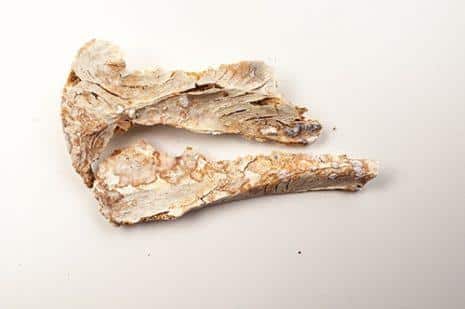
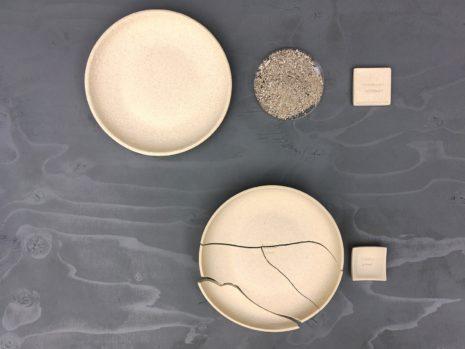
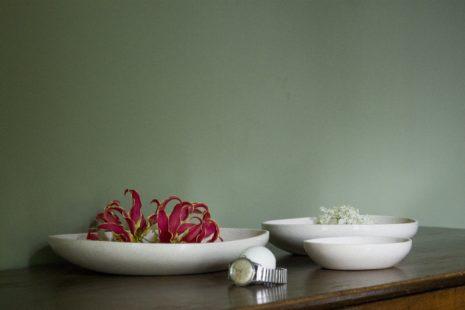
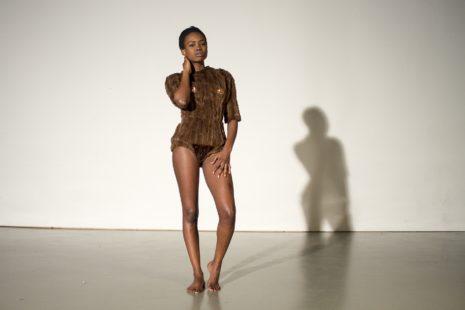
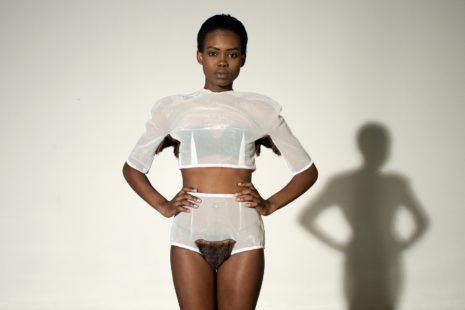
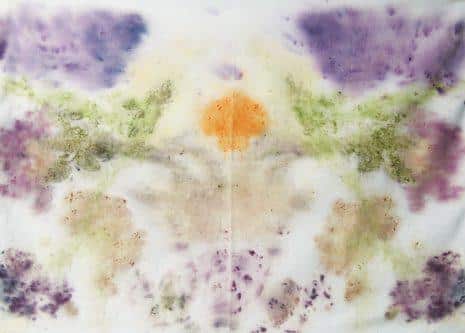
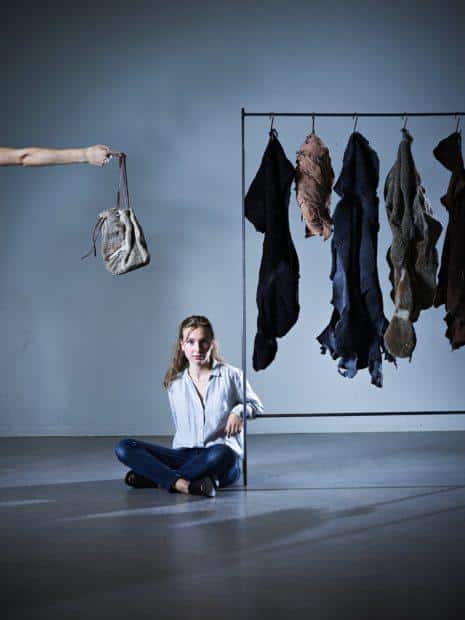


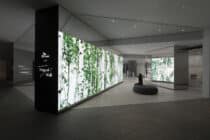
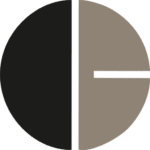
0 Kommentare